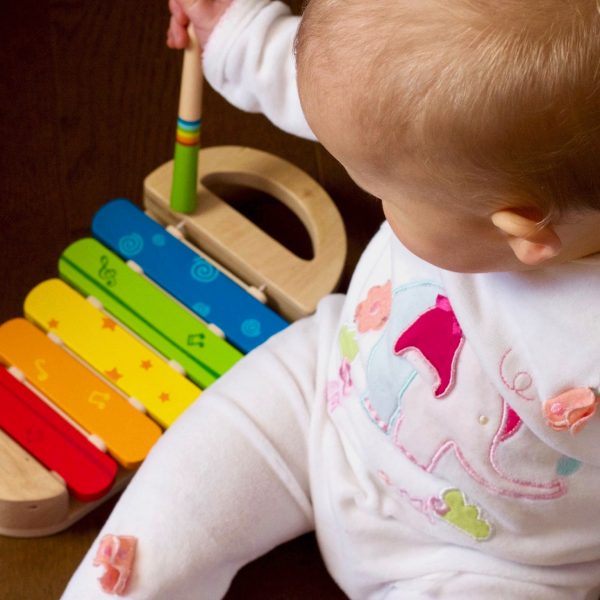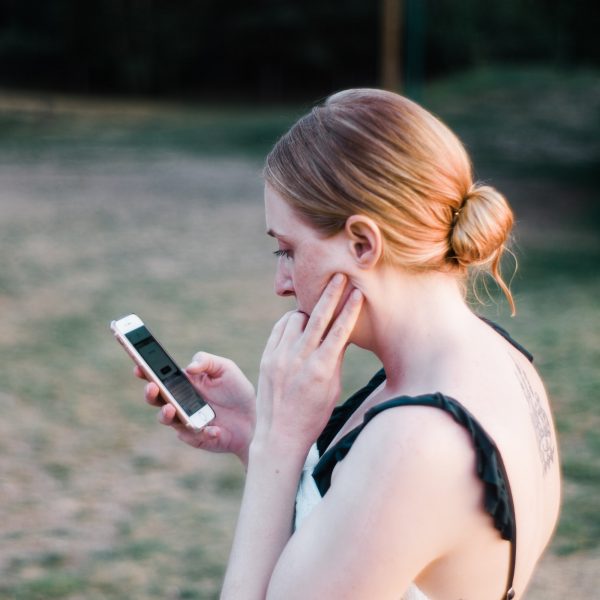La Trobe trial examines effectiveness of eye-tracking tech to aid ASD diagnosis

La Trobe University and the Telethon Kids Institute are trialling new eye-tracking technology to support the earlier diagnosis of autism spectrum disorder (ASD) in young children.
The two-year clinical trial is investigating the accuracy of Gazefinder, developed in Japan by JVCKENWOOD Corporation, as a potential aide to ASD diagnosis. 200 children aged between two and four years of age will be involved in the study, half of whom have been diagnosed with ASD and half of whom are developing typically.
Dr Kristelle Hudry from the La Trobe said the technology could be a big step forward in diagnosing autism in children.
In essence, the research will require children to watch a short animation, during which time Gazefinder will use an infrared light to track where their eyes go or what their gaze pattern is, Dr Hudry said.
“We know from past research that children on the spectrum respond differently to images or scenes. For example, they may be less interested in watching people and more interested in watching geometric shapes relative to other children.”
Dr Hudry said the technology has the potential to streamline the diagnostic process, and build confidence in clinicians, resulting in earlier diagnosis in children. The Gazefinder technology is envisaged as being a compliment to a range of early identification tools already in use, she added.
“There are already some fantastic programs in place, including surveillance tools used by Victorian Maternal and Child Health nurses. Our research aims to examine whether Gazefinder could be used as an additional tool to support diagnosis,” Dr Hudry said.
The current average age for ASD diagnosis in Australia is four years, and this can hinder the application of important early intervention measures, Professor Andrew Whitehouse from the Telethon Kids Institute said.
“We know that it’s important to identify children on an autism pathway as early as possible, so we can support the child and family with interventions that will maximise their potential,” Professor Whitehouse said.
“Typically, we don’t start therapy until after a diagnosis, but obtaining that diagnosis can be a long and difficult process for families. It often doesn’t happen until the child is at least three years of age, and in fact often not until they’re school-aged.
“We’re really excited about the potential the Gazefinder has to help speed up that process of diagnosis, enabling children and families to get the support they need much earlier.”
JVCKENWOOD Corporation has funded the research and aims to implement the results of the study more broadly by obtaining approval for use of Gazefinder as a medical device to support ASD diagnosis.
More information about Gazefinder can be found here, and the progress of the research can be tracked via the Institute website, here.
Popular

Quality
Practice
Provider
Research
Workforce
Honouring the quiet magic of early childhood
2025-07-11 09:15:00
by Fiona Alston

Practice
Provider
Quality
Research
Workforce
New activity booklet supports everyday conversations to keep children safe
2025-07-10 09:00:16
by Fiona Alston

Quality
Practice
Provider
Workforce
Reclaiming Joy: Why connection, curiosity and care still matter in early childhood education
2025-07-09 10:00:07
by Fiona Alston












